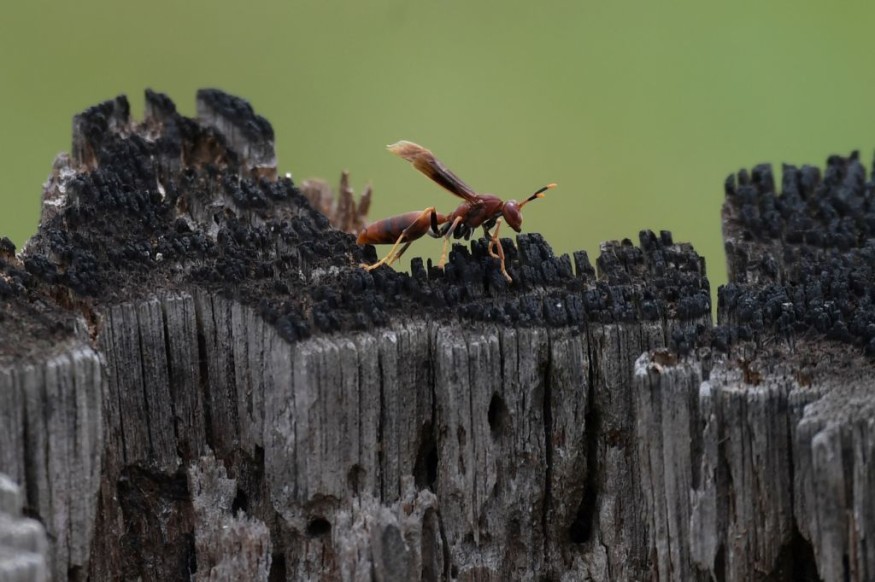A new specie of insect was discovered by graduate students of Rice University in Houston, Texas. The name of Neuroterus Valhalla was based on the location of its discovery-inside the branches of a live oak tree near the Rice graduate student pub Valhalla.
According to Pedro Brandao-Dias, a graduate student of Rice and the lead author of the paper, "it would have been a missed opportunity to not call it something related to Rice or Valhalla."
Gall Wasps and Host Trees

According to Jade Boyd of Rice University, Neuroterus Valhalla, like other gall wasps, are conventionally known to trick their host tree into feeding and sheltering their young. This is made possible when wasps release a chemical along with their eggs.
The chemical enables the tree to "form a crypt or gall, around the egg," says Boyd. The gall acts as a form of protection to the egg and it feeds the larvae that hatch from it. The transition from eggs into full grown adult takes approximately between two and three weeks.
The discovery dates back in March 2018 when Brandao first collected Neuroterus Valhalla from the branches of a large live oak tree near the campus. Brandao returned to Rice University in 2018 for graduate school under Egan's group, who collected live oak flowers or catkins in late February and early March of 2018.
Brandao had never seen an oak tree until his first visit at Rice University in 2015 for an undergraduate research fellowship in the lab of Scott Egan, an evolutionary biologist at Rice University and the corresponding author of the paper, Boyd confirmed.
Background of Discovery
Although Brandao's primary research is about the use of environmental DNA to detect endangered and invasive species, group members in the lab annually pitch in each spring to study insects of family Cynipidate, also known as gall wasps.
Egan's group prefer to study this insect family since they can be found from the live oak trees across the Rice University campus.
Gall wasps' primary objective is to mate and lay eggs two times a year. Although there are almost 1,000 known species of gall wasps, the discovery of the Neuroterus Valhalla took four years to be published. The delay was due to the gall wasps' short life span between three and four days after emerging from their eggs.
Egan's group only had the chance to closely examine these wasps as their eggs usually hatch every March. Due to this complexity, the group had to track and identify the next location where the wasps will next lay their eggs. The wasps also frequently lay eggs on different flowers due to its scarcity during the spring season.
Furthermore, the restrictions limiting the number of people in laboratories on campus due to the COVID-19 pandemic in early 2020 also contributed to the delay of the study of the newly discovered insect species.
As a result, a large amount of work was passed to Rice University undergraduate student Camila Vinson, who was living on campus in Brown College.
Related article: Wasps; Friend or Foe?
For more stories about new discoveries, don't forget to follow Nature World News!
© 2025 NatureWorldNews.com All rights reserved. Do not reproduce without permission.





